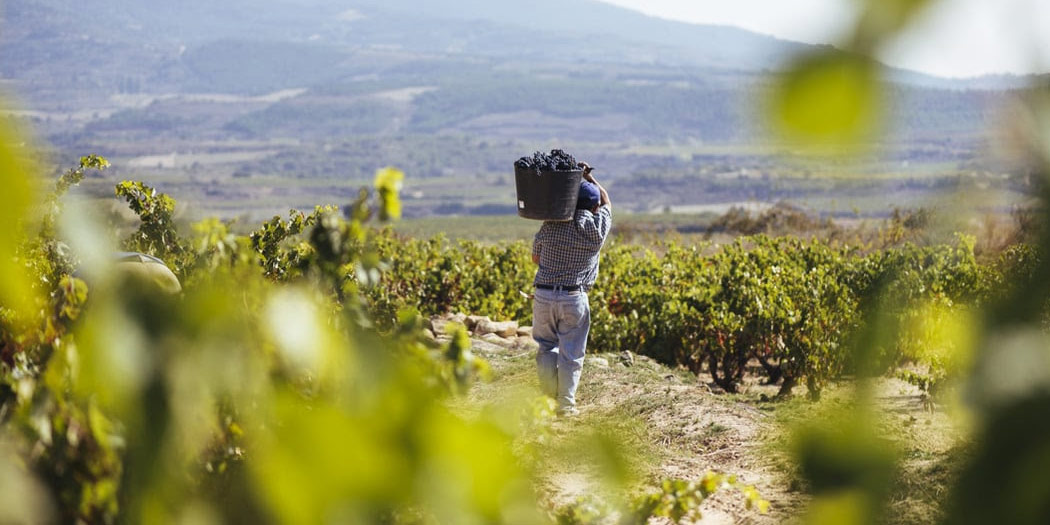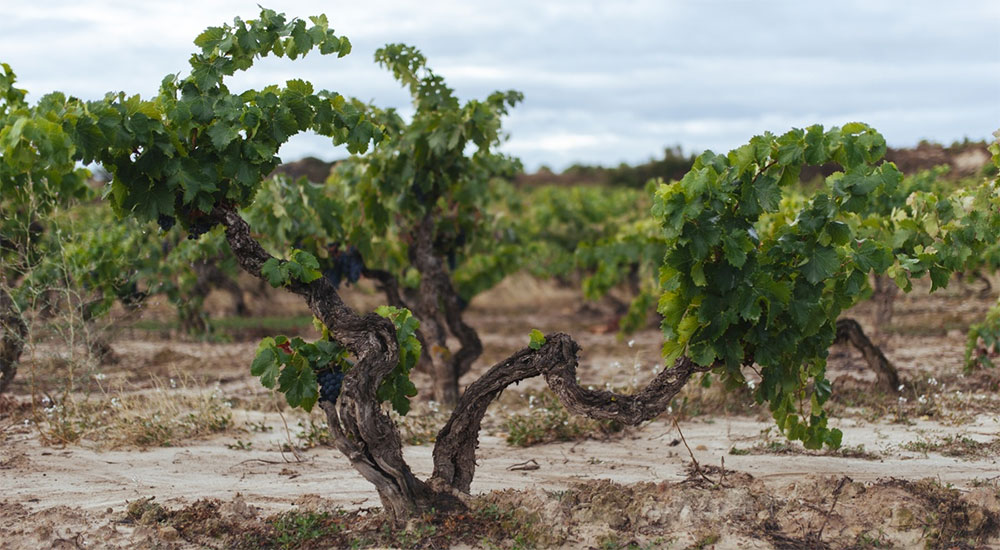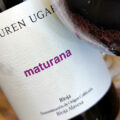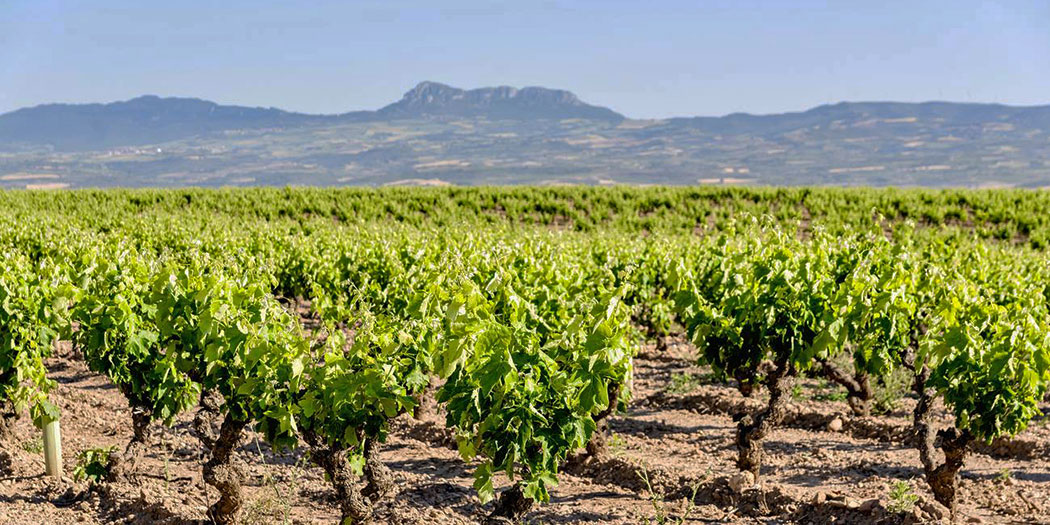For the 2024 harvest, the governing council of DOC Rioja has officially endorsed harvest yields for red grape varieties that are at 90% of what is allowed while white varieties remain the same.
This shouldn’t come as much of a surprise given that they started to enact changes last year to deal with a surplus of wine in the region which has become a huge problem due to changing tastes and other issues.
The surplus has been chipped away at in theory via distilling it, but it was rumored to be in the neighborhood of 100-150 million liters of unsold wine that was sitting in tanks. There were some who stated that it was even more, as it dates back to 2018, but none of this is verifiable given that there are no official figures of “unsold” wine, just that which has been produced annually.
Keeping the 90% reduction in red grape harvest yields means that the official 6,500 kg/ha limit is reduced to 5,850 kg/ha. This won’t actually change the level of concentration in the wines at large as all excess above this 5,850 kg/ha will simply have to be sold off for distillation. This is to say that it isn’t a qualitative difference, but a quantitative one to reduce the amount of raw wine being produced. And note that even with this reduction, general Rioja wines are still a good deal higher in yields than their Viñedo Singular classification which sits at 5,000kg/ha.
This reduction is one part of Rioja’s “plan de reequilibrio” or “rebalancing plan” which is encouraging to see as there is clearly too much wine being produced. In addition to the harvest yield reductions, they are also working to strengthen control on abandoned, uncultivated or diseased vineyards, which, amazingly there are some that do exist, although not at the level of regions such as Alicante.
While the planting of new vineyards remains frozen as well, it’s hard to see how they won’t need to implement vine pull schemes similar to what’s being done in France. This is always an unpopular initiative and done as a last resort of course. In the meantime they’re working to get grants and promote the regrafting of red variety vines to both white as well as minority grapes (such as Maturana Tinta), which would go a long way towards alleviating oversupply as well given that demand for white wines is one of the few current success stories in the wine world.
It’s clear that more could have been done earlier, but at least the governing body is moving to address these issues now as it’s quite obvious that they simply aren’t going away.




